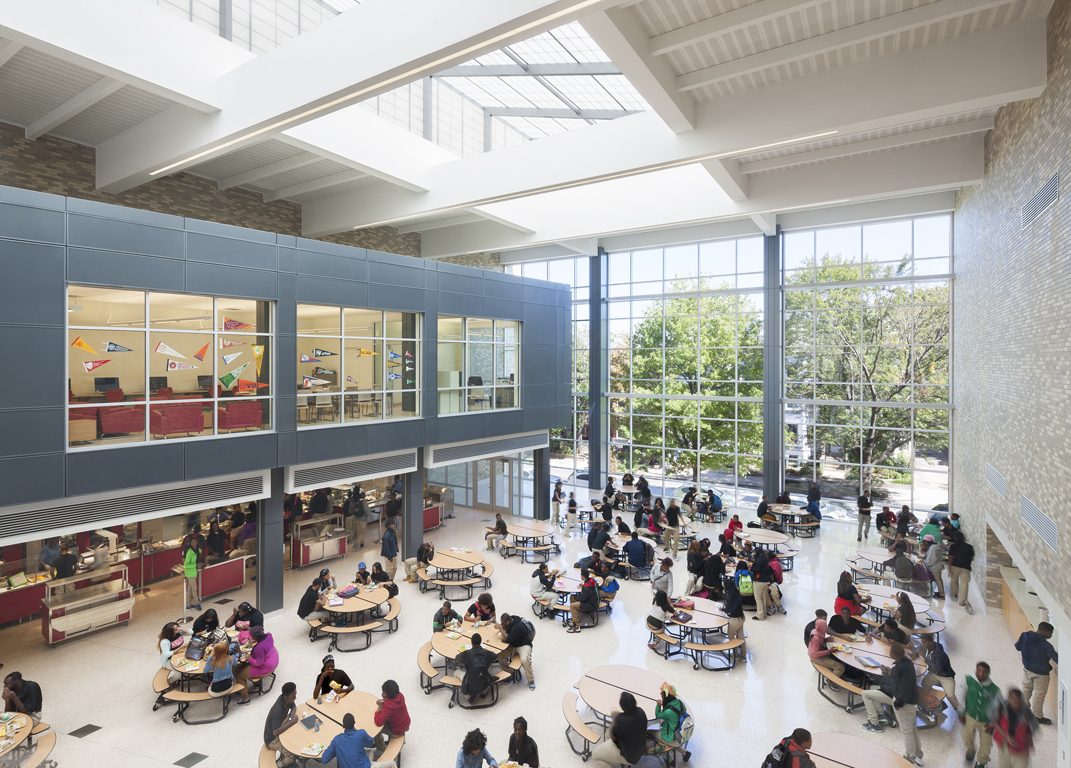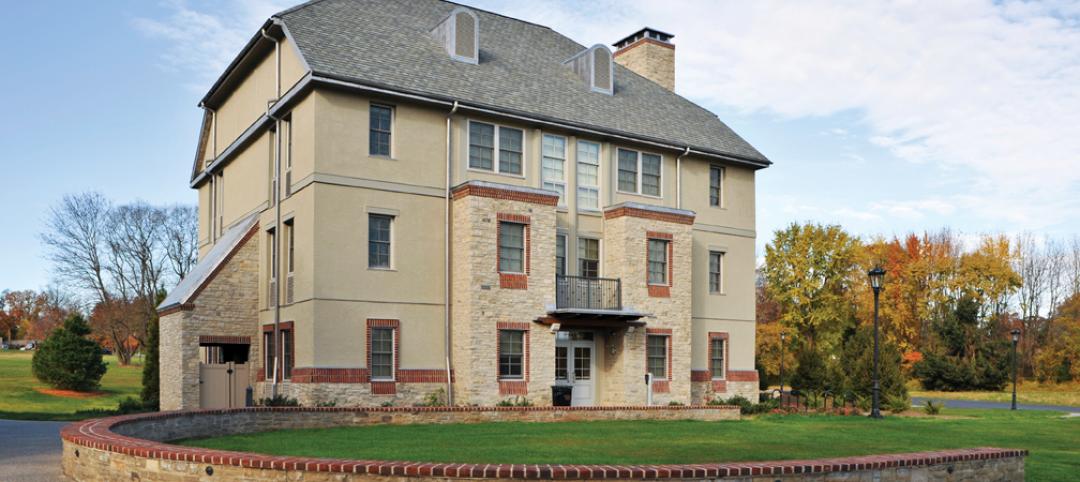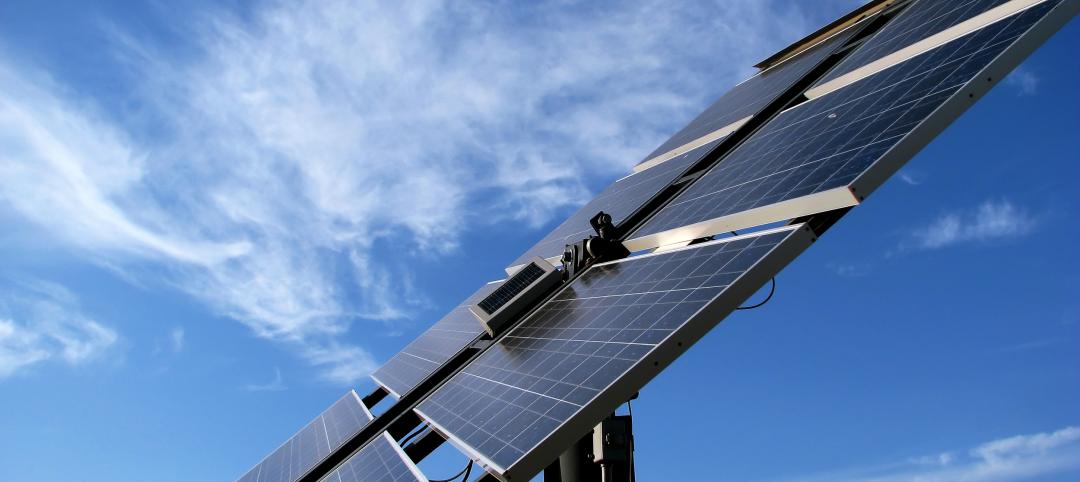Dunbar High School in Washington, D.C., has been certified LEED Platinum, the highest distinction, by the U.S. Green Building Council. Designed Perkins Eastman in association with Moody•Nolan, the 280,000-sf school achieved 91 points, out of 100 base points possible for LEED, making it the highest-scoring school in the world certified under USGBC’s LEED for Schools-New Construction system. The new school building welcomed its first students in 2013.
Located blocks from the U.S. Capitol, the high school provides a high-performance 21st-century learning environment designed to catalyze the renewal of one of our most historic schools. The nation’s first public high school for African Americans, Dunbar was originally founded in 1870 and relocated to the current site in 1917. Demolished in the 1970s, the 1917 building was a particular point of civic pride in the community, representing the values and dreams of the students, their families, and the larger community, and their aspirations for notable achievement.
The school campus raises the bar for sustainable, high-performance school design in the District and for the students’ environmental stewardship. Its more prominent sustainable design attributes include:
- 482 kW photovoltaic array, provided through Washington, D.C.’s first power purchase agreement, that generates enough energy on a sunny summer day to power all classroom lights for eight hours
- Washington, D.C.’s largest ground-source heat pump system below Dunbar’s athletic field, with wells extending 460 feet deep
- The reopening of O Street as a sustainable model that features 6,152 sf of rain gardens able to handle a 1.2-inch storm event
- Pervasive natural light resulting from proper orientation and shading of the building
- Two 20,000-gallon cisterns and low-flow fixtures help save over 1,400,000 gallons of potable water/year
- Enhanced acoustics that help create a high-performance learning environment.
“Dunbar’s LEED Platinum achievement is a testament to the power of vision and dedication to create a truly sustainable high-performance learning environment,” says Sean O’Donnell AIA, LEED AP, Principal-in-Charge of the project and the leader of Perkins Eastman’s K-12 practice area. “In the same year that the school has been certified Platinum, it has also posted the highest standardized test score gains in the entire city—this after only one year in the building. I believe that innovative design has created a synergy with the school’s educational transformation initiatives that is resulting in more successful educational outcomes for the students.”
The school was designed in close collaboration with the Department of General Services, the District of Columbia Public Schools, the school and its alumni, the community, and the design and construction team, which was a joint venture between Perkins Eastman, Setty Associates International, and SK&A Structural Engineers in association with Moody•Nolan. The team also includes Smoot/Gilbane Construction.
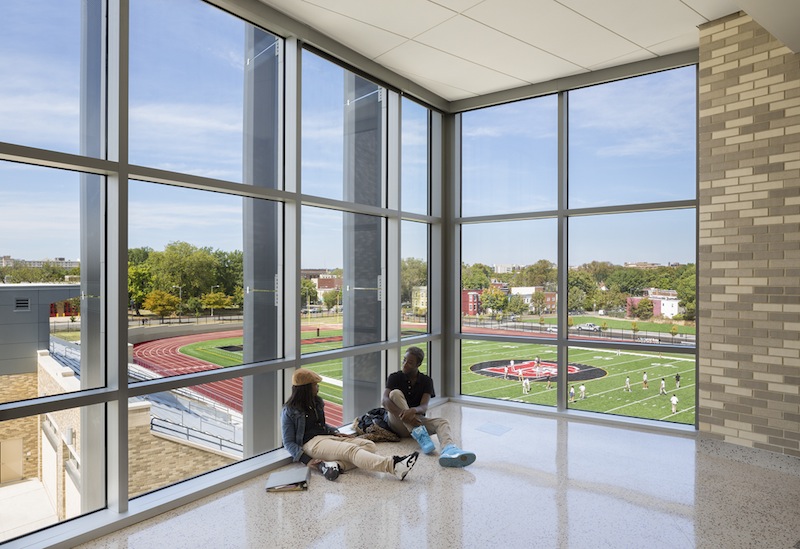
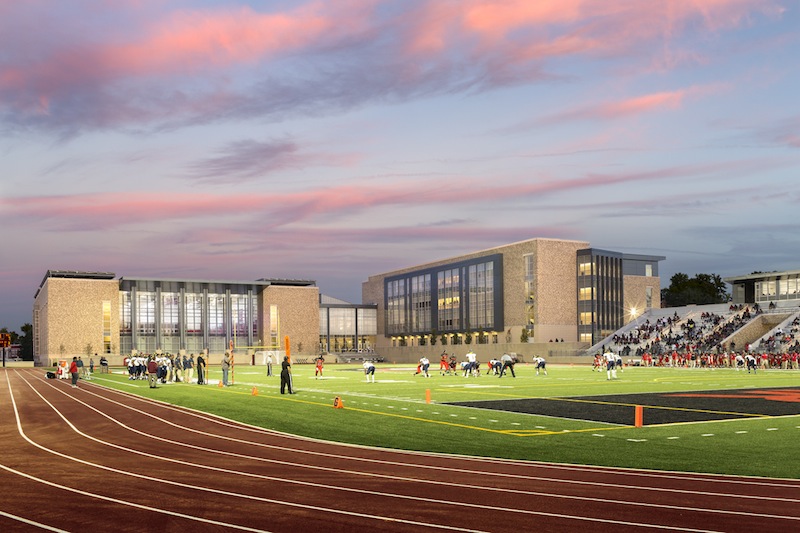
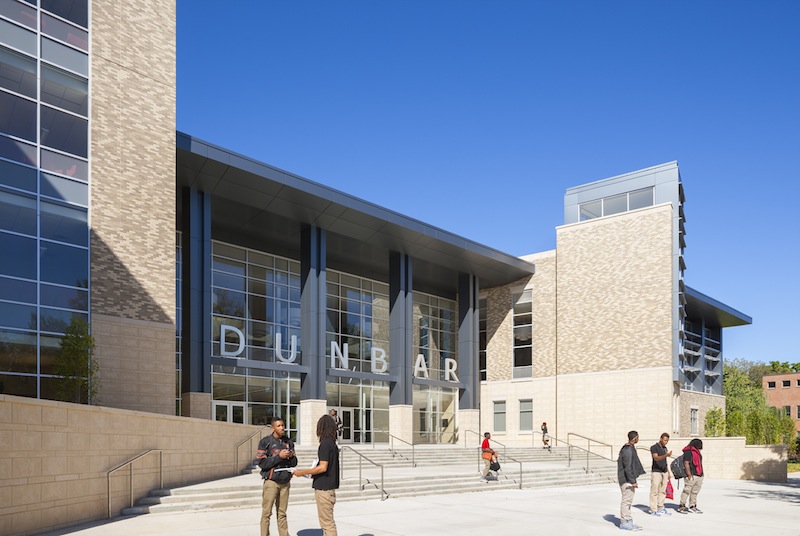

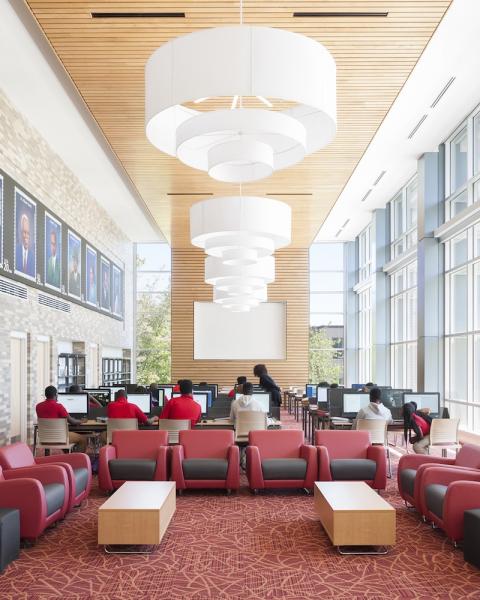
Related Stories
| Jul 22, 2011
Five award-winning modular innovations
The Modular Building Institute's 2011 Awards of Distinction highlight fresh ideas in manufactured construction projects.
| May 18, 2011
Former Bronx railyard redeveloped as shared education campus
Four schools find strength in numbers at the new 2,310-student Mott Haven Campus in New York City. The schools—three high schools and a K-4 elementary school—coexist on the 6.5-acre South Bronx campus, which was once a railyard.
| May 18, 2011
Eco-friendly San Antonio school combines history and sustainability
The 113,000-sf Rolling Meadows Elementary School in San Antonio is the Judson Independent School District’s first sustainable facility, with green features such as vented roofs for rainwater collection and regionally sourced materials.
| May 18, 2011
New Reform Jewish Independent school opens outside Boston
The Rashi School, one of only 17 Reform Jewish independent schools in North American and Israel, opened a new $30 million facility on a 166-acre campus shared with the Hebrew SeniorLife community on the Charles River in Dedham, Mass.
| May 18, 2011
Addition provides new school for pre-K and special-needs kids outside Chicago
Perkins+Will, Chicago, designed the Early Learning Center, a $9 million, 37,000-sf addition to Barrington Middle School in Barrington, Ill., to create an easily accessible and safe learning environment for pre-kindergarten and special-needs students.
| May 18, 2011
One of Delaware’s largest high schools seeks LEED for Schools designation
The $82 million, 280,000-sf Dover (Del.) High School will have capacity for 1,800 students and feature a 900-seat theater, a 2,500-seat gymnasium, and a 5,000-seat football stadium.
| May 17, 2011
Sustainability tops the syllabus at net-zero energy school in Texas
Texas-based firm Corgan designed the 152,200-sf Lady Bird Johnson Middle School in Irving, Texas, with the goal of creating the largest net-zero educational facility in the nation, and the first in the state. The facility is expected to use 50% less energy than a standard school.
| May 16, 2011
USGBC and AIA unveil report for greening K-12 schools
The U.S. Green Building Council and the American Institute of Architects unveiled "Local Leaders in Sustainability: A Special Report from Sundance," which outlines a five-point national action plan that mayors and local leaders can use as a framework to develop and implement green schools initiatives.
| May 10, 2011
Greenest buildings: K-12 and commercial markets
Can you name the nation’s greenest K-12 school? How about the greenest commercial building? If you drew a blank, don’t worry because our friends at EarthTechling have all the information on those two projects. Check out the Hawai’i Preparatory Academy’s Energy Lab on the Big Island and Cascadia Green Building Council’s new Seattle headquarters.


